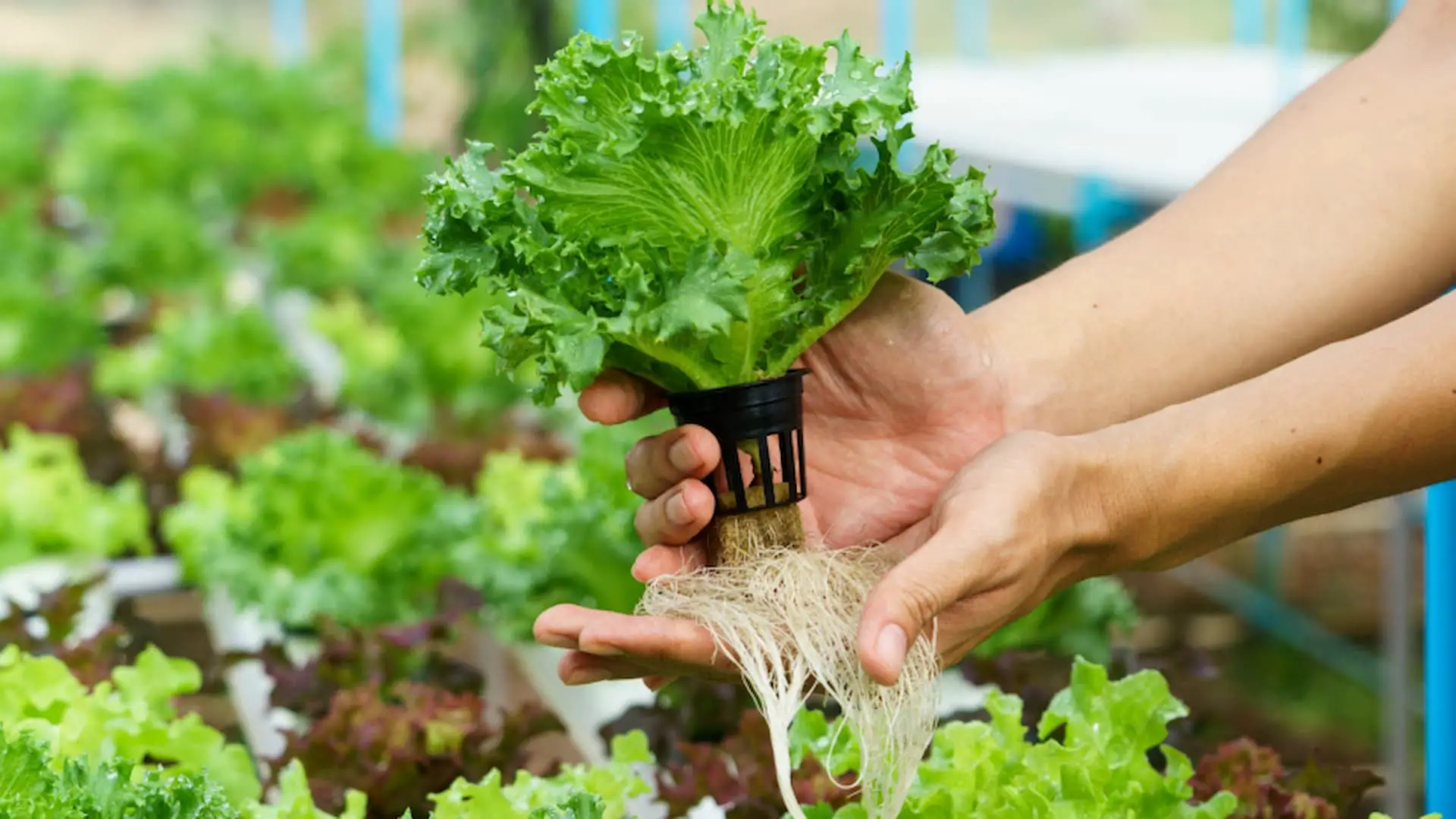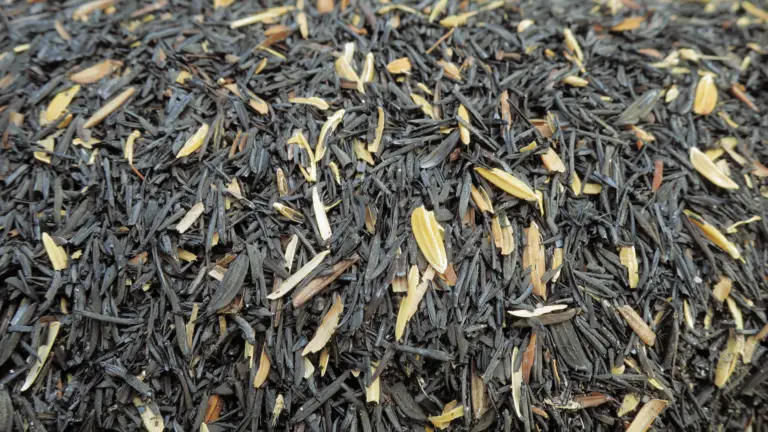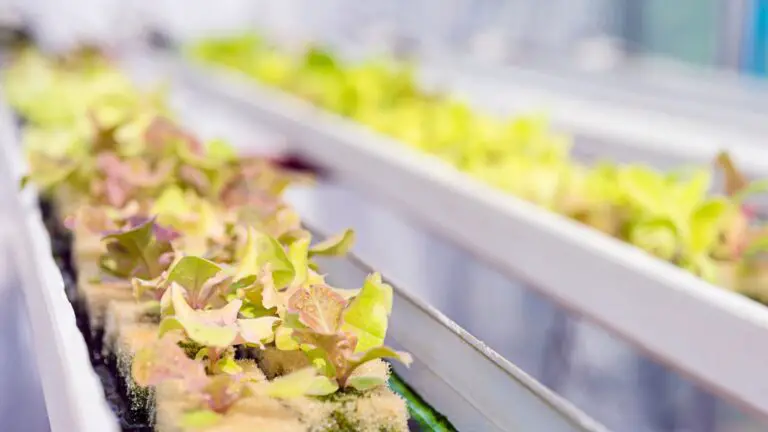Is Rockwool Safe to use in Hydroponic?
Disclosure: Your purchases through our links may earn us a small commission, supporting our site’s ability to provide valuable information to our readers. Rest assured, it won’t impact your price. Thank you for your support.
What Is Rockwool, and Why Is It Used in Hydroponics?
Rockwool is a rock-like material that is made of rock and wool.
It has been used in agriculture for centuries to protect plants from harsh weather conditions. It has become an increasingly popular medium in commercial hydroponics. It is often used in hydroponic use because it has excellent water retention properties, not to mention high heat tolerance.
However, Rockwool is not without controversy. Some people believe rock wool poses health risks to humans or animals due to contamination with toxic minerals such as lead and mercury, which may leech out of Rockwool fibers during manufacturing processes.
This article will explore whether rock wool poses any health risks when it comes to hydroponic use.
How Does Rockwool Work in Hydroponics?
What is the mechanism, and how are plants growing in Rockwool?
Rockwool’s work in hydroponics by providing a medium for the plant roots to grow and take up water and minerals from the nutrient solution.
The steps to follow to grow a plant in Rockwool in hydroponics are:
- Place Rockwool cubes in a media pot or fabric pot with holes in the bottom, or you can place it into net pots that are suspended in the nutrient solution.
- Fill the pot with Rockwool cubes, wetting the Rockwool cube to ensure it’s saturated.
- Make sure Rockwool cubes are at the correct depth for the growing plant.
- Plant seedling or seed directly into Rockwool cube
- Cover Rockwool cube with clear cover and place under grow lights
- Check on them every few days to ensure they are not drying out. Water sparingly or give them a water bottle mist if necessary.
- Remove the dome plugs once your seeds have sprouted, then hang them underneath your growing lights.
- Trim back the smaller one after you’ve discovered a strong seedling to prevent it from growing. Never try to remove this little sprout since doing so may harm the larger seedling’s shoots.
- When they reach a height of between two and three inches, you may transplant them to your system. There’s no need to try to remove the starter plug when transplanting; you can simply insert it into your preferred growing medium.
During the process of arranging the above, keep in mind both internal and external factors that influence germination in hydroponic Rockwool.
The internal factors include the age, health, viability of the seeds, and the type of plant.
External factors include:
- The quality of the water.
- The type of Rockwool cube.
- The PH level.
- Environmental conditions (lighting, temperature, air circulation or oxygen levels, humidity levels) in which the plants are grown.
The Rockwool cubes come in different sizes and densities depending on the plant type you are growing. There are three types in general: i.e. cube, slab, and granulated Rockwool in the market. Select the best type that suits your plant type.
What Are Some of the Benefits of Utilizing Rockwool in Hydroponics?
The benefits of using Rockwool in hydroponics are :
- Rockwool is a sterile medium and does not introduce any outside objects or organisms into the hydroponic system.
- Rockwool has high water retention properties, so plants do not need to water as often.
- Rockwool can hold heat very well, making it ideal for systems that rely on temperature-sensitive nutrients.
- Rockwool is a very stable medium. It will not decompose or break down over time like other hydroponic media such as coco coir.
- Rockwool helps create better airflow, which increases nutrient levels in the water supply.
Is It Safe to Use Rockwool in Hydroponic Gardening?
Yes. However, there is considerable debate surrounding the safety of using rock wool in hydroponics. Hence, before you put the Rockwool in your garden, you must fully comprehend what I’ve written.
Some studies have foundthat rock wool fibers can cause respiratory and skin irritation over long periods of those who work with them.
Others claim Rockwool is not toxic or harmful at all. They further say that the adverse effects on workers were due to improper use rather than Rockwool itself.
Until more conclusive research is done, hydroponic gardeners should use Rockwool cubes and slabs with caution and take all necessary precautions to protect them from potential irritation.
Related: 10 Characteristics of Ideal Hydroponic Growing Medium
How to Be Safe When Using Rockwool in a Hydroponic System?
Rockwool can also be toxic if not handled correctly. There are a few things you can do to avoid being harmed.
1. Gloves and goggles will keep you safe.
To be safe when utilizing rock wool is to make sure you wear gloves with rock wool because it causes potential irritation with your skin and rock wool fibers; this is because of the dust that rock wool creates.
Also, make sure you wear safety goggles when working with rock wool. Because the fibers could fly into your face, potentially causing discomfort, for the same reason of avoiding any irritation that could occur on your skin.
2. Make sure rock wool doesn’t contain any toxins.
Make sure Rockwool is not contaminated with toxins like lead and mercury before using it in a hydroponic system. Because this can cause potential harm if absorbed by plants or people who work with Rockwool.
You can wash it three times before use to ensure no contaminants in rock wool.
3. Make sure no sharp edges on Rockwool
You can also make sure there are no sharp edges on rock wool-like corners or seams, which can cause harm to your hands.
If rock wool doesn’t have any sharp edges, you can be safe when using Rockwool in hydroponic systems.
It is crucial to take the necessary precautions to ensure Rockwool won’t irritate your skin or harm anyone who handles it because of its potential risks.
Related: 7 Low-Cost Alternatives to Rockwool
Rockwool in Hydroponic Is Safe if You Take the Precautions.
Rock wool is a safe and effective medium for hydroponic gardening. You can be safe when working with it by being aware of the potential risks and taking all necessary precautions. With the safety tips said above in mind, you can enjoy the benefits of Rockwool in your hydroponic system! It is crucial to take the necessary precautions to ensure Rockwool won’t irritate your skin or harm anyone who handles it because of its potential risks.
Disclosure: You may also purchase the products from the links provided below in this post. We earn a small commission for qualified purchases, but it has no impact on your price. They help this site continue to provide valuable information to our readers.
You can select the Rockwool cube suitable to your garden by clicking the following links 1 inch, 1.5 inch, 2 inch, 3 inch, 4 inch, 6 inch.
Check out this link if you need to find right size of Rockwool cubes for your hydroponic garden
Thank you for reading!
Also, read:
12 Alternatives to Rockwool for Hydroponic Farming
How to Grow Kratky Method Plants: A Passive Hydroponic System
How to Set Up a Deep Water Culture (DWC) Hydroponic System?
How to Grow Hydroponic Strawberries for a Sweet, Juicy Treat?



